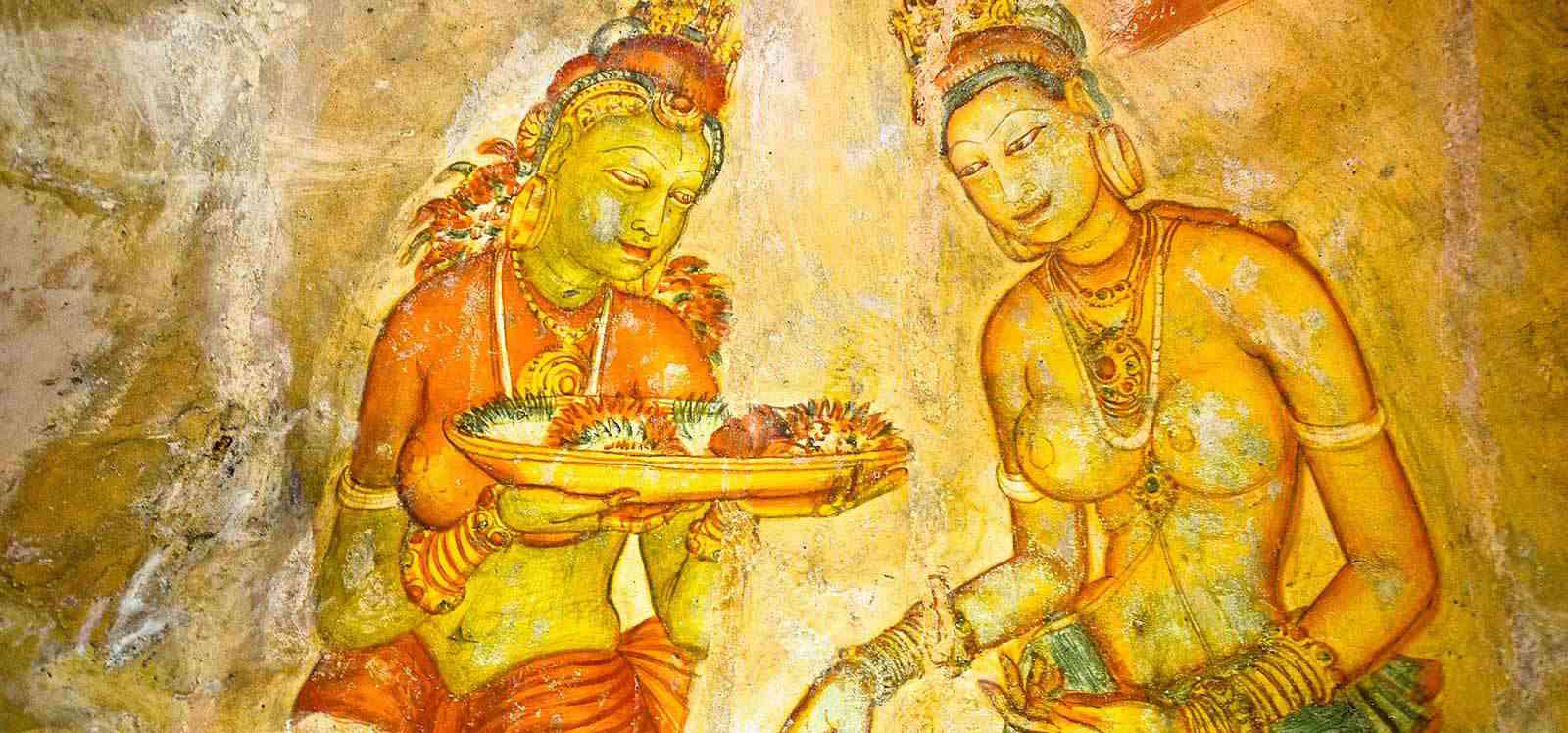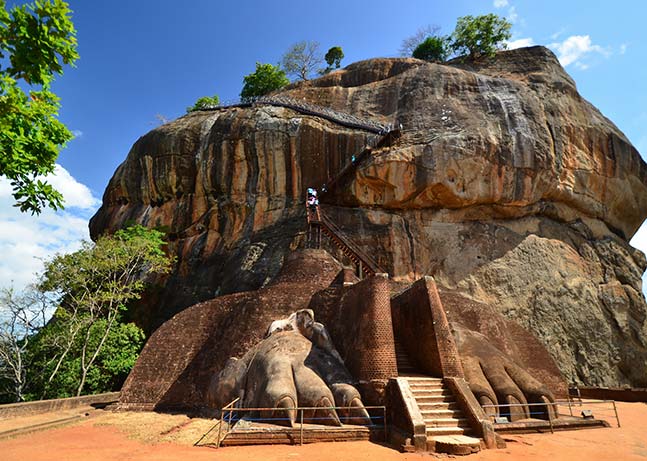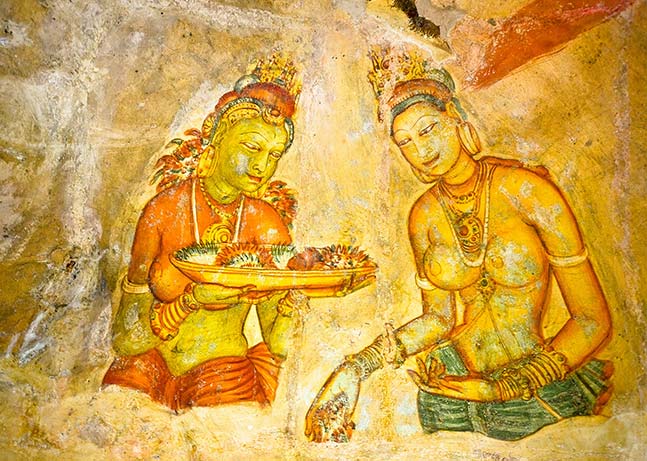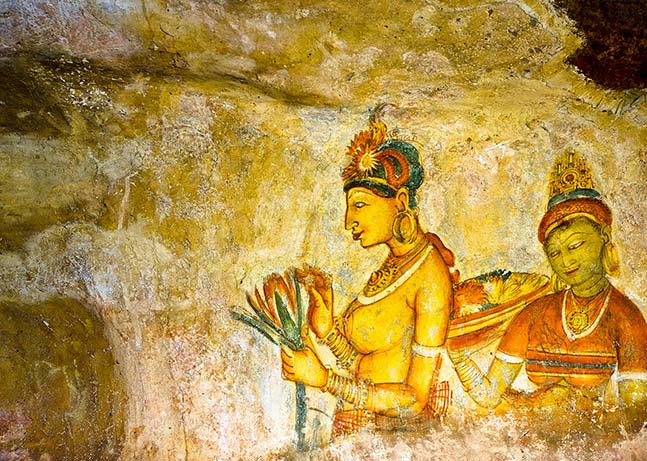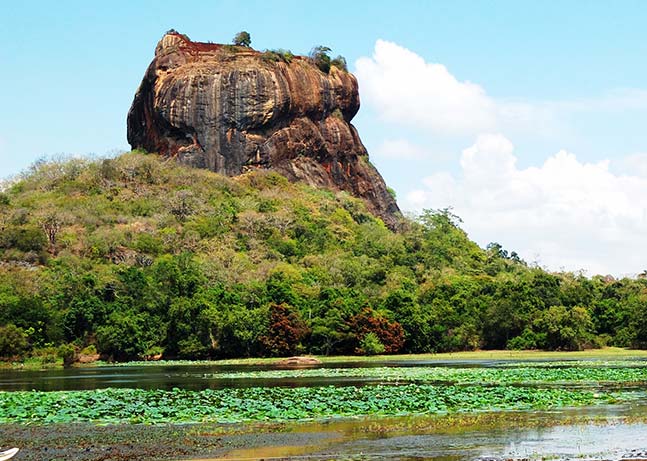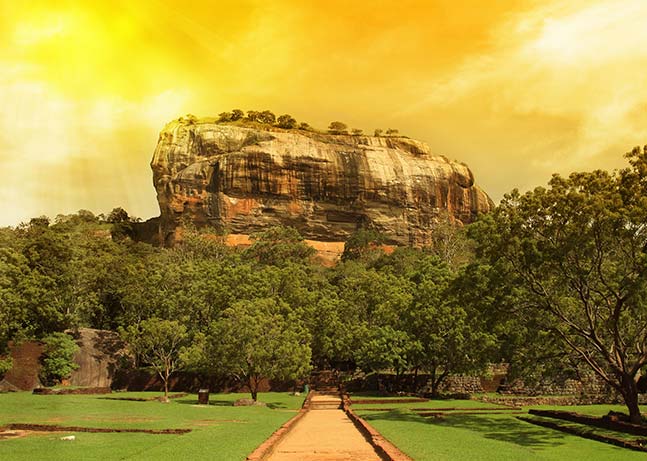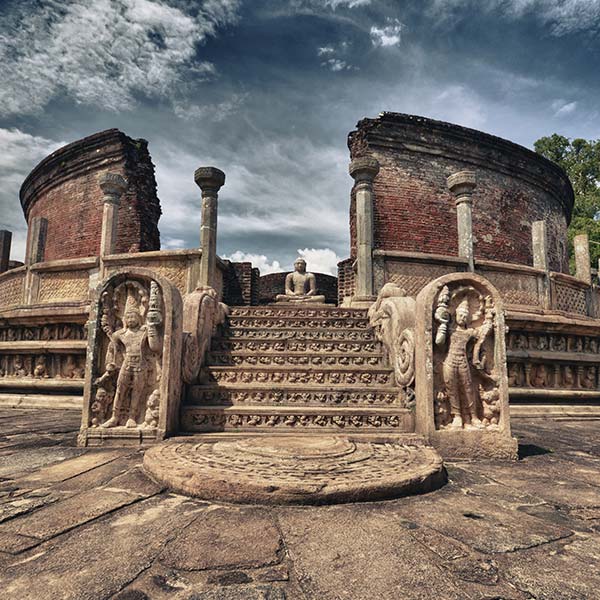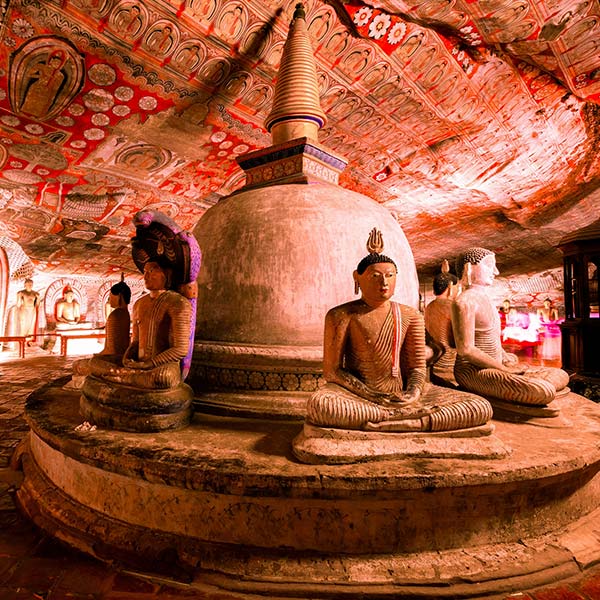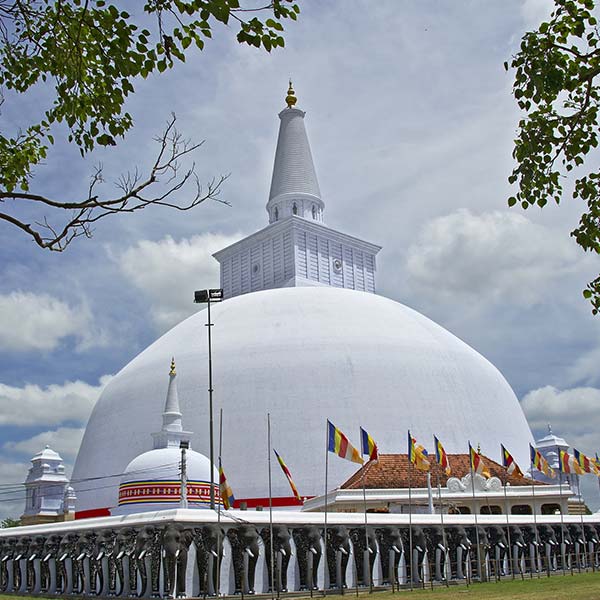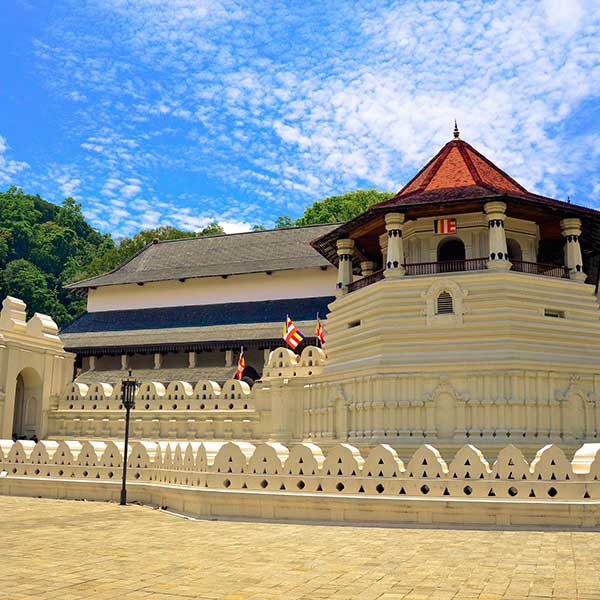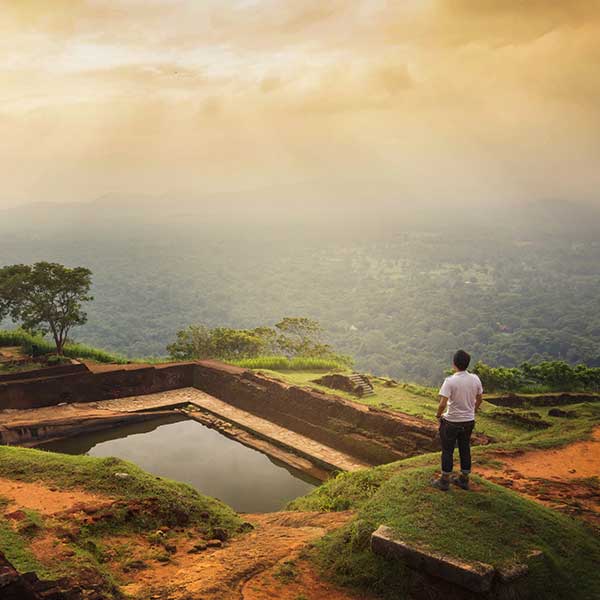Called by many names including “The Lion Rock” for its initial name of “Sinhagiri”, Sigiriya is near the town of Dambulla and is a colossal column of rock nearly 200m high. It was a royal citadel for 18 years (477-495) when it was fortified by King Kasyapa. The architectural and irrigational technologies of Sigiriya, such as the Water Gardens, still baffle engineers. The climb up steep steps of metal with railings passes a wall decorated with frescoes of bare-breasted women. Art experts consider them unique.
The summit of the rock is a hectare in area and the outer wall of the palace was constructed on the brink of the rock with gardens and ponds softening the harshness of the eerie. Since it was constructed over 1,500 years ago, it is claimed by enthusiast as the Eighth Wonder of the World and is anyway a World Heritage Site.
King Kasyapa selected the rock as the capital for his kingdom due to its strategic point when fending off invaders. A gateway in the form of an enormous lion was built and thus gave it the name Lion’s Rock. However after the death of the king the capital and kingdom were abandoned by its people and it served as a Buddhist monastary until the 14th century.
The frescoes are probably Sigiriya’s most popular attraction. The whole face of the wall has been used as a picture gallery which to this day have been preserved. The paintings are said to have been of the Anuradhapura period. However the style of painting is unique to that of any found in Anuradhapura during its golden years.
